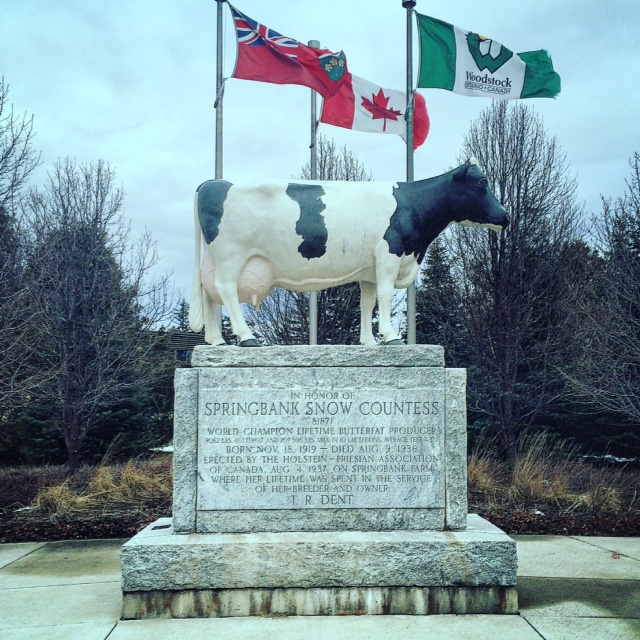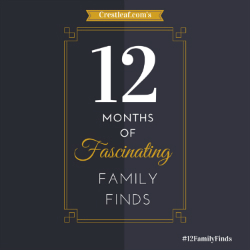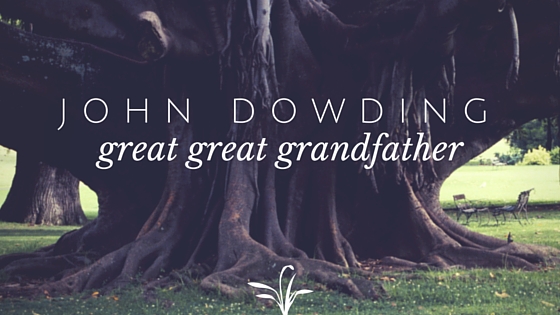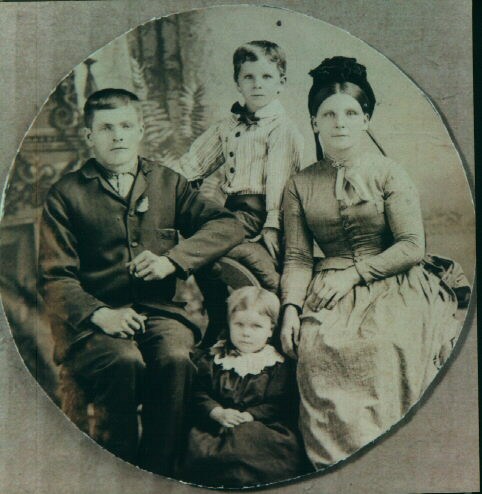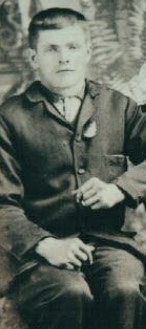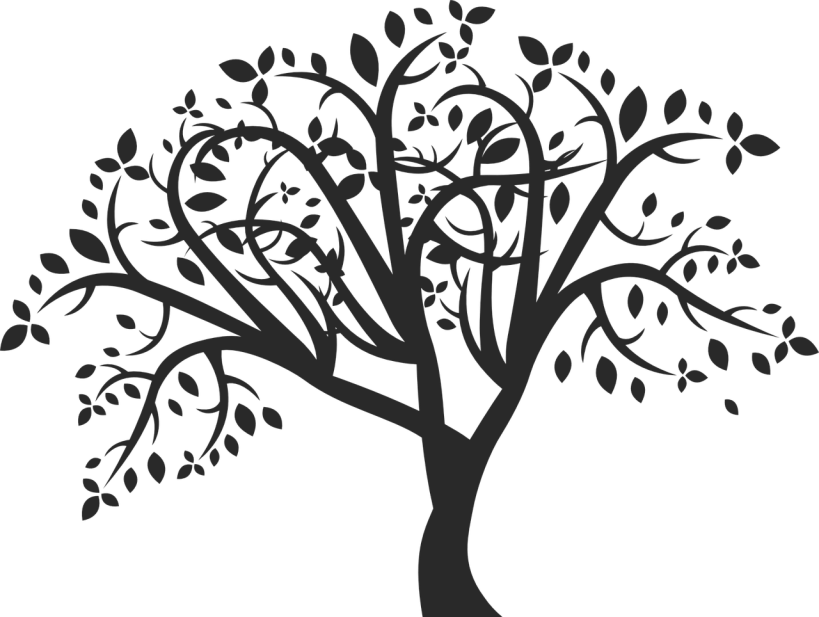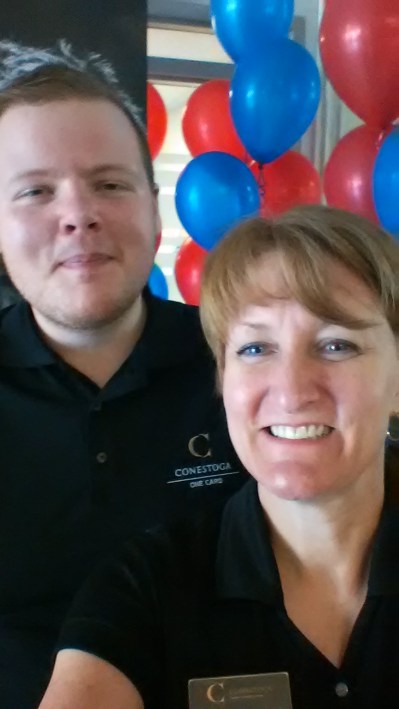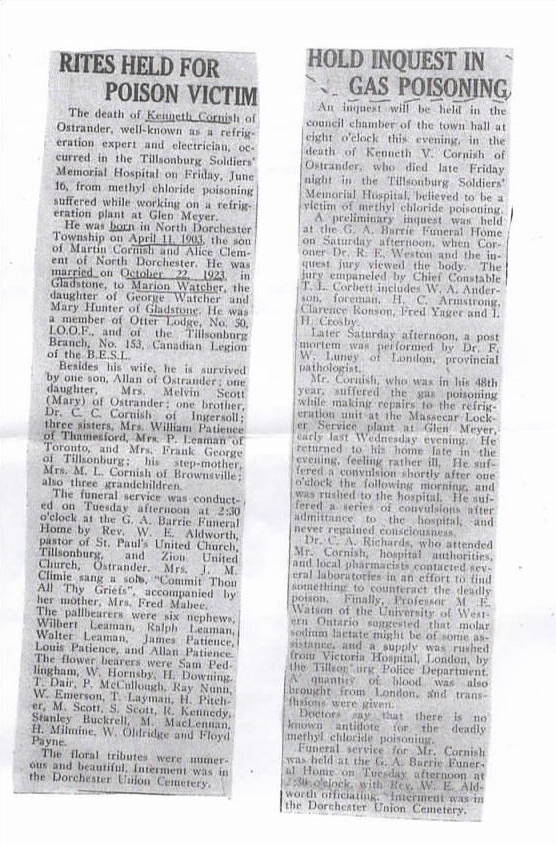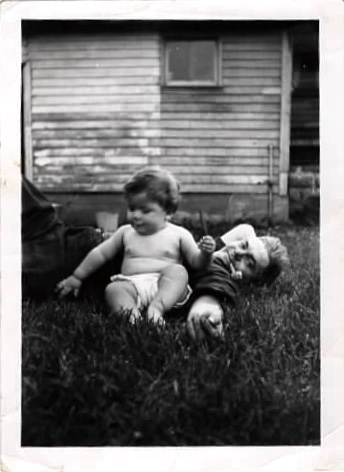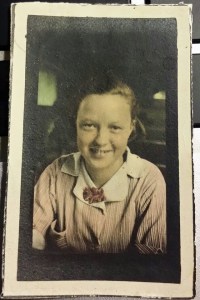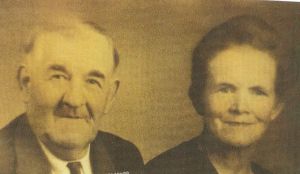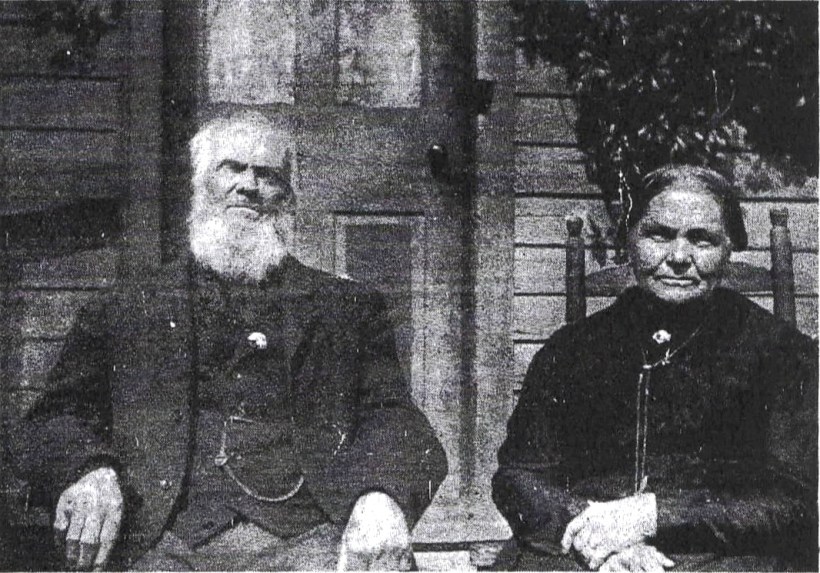 I could tell you the story of a young man who spent his adolescence on a “factory farm” in Fifehead Magdalen alongside his older brother and sister in the Southern part of England. He lived with his older cousins on this farm that housed his elderly relatives, and learned the trade of dairy farming. Between the years 1841 and 1851, he travelled with his older brother to Canada in search of a new and prosperous life. Meeting and marrying his love in York (now Toronto), he travelled South-West with his young bride and her family to settle near Woodstock, Ontario. He went back and forth between a farm there and his brother’s in Logan Township in Perth County over the course of the next several years. Upon the death of his wife after birthing their ninth child, this man adopted out his children amongst various members of his and his wife’s family, presumably because he couldn’t afford to raise them. He died in Woodstock jail in 1886 of general paralysis at the age of 58. Place of burial is unknown and is presumed in the jail’s potters’ field.
I could tell you the story of a young man who spent his adolescence on a “factory farm” in Fifehead Magdalen alongside his older brother and sister in the Southern part of England. He lived with his older cousins on this farm that housed his elderly relatives, and learned the trade of dairy farming. Between the years 1841 and 1851, he travelled with his older brother to Canada in search of a new and prosperous life. Meeting and marrying his love in York (now Toronto), he travelled South-West with his young bride and her family to settle near Woodstock, Ontario. He went back and forth between a farm there and his brother’s in Logan Township in Perth County over the course of the next several years. Upon the death of his wife after birthing their ninth child, this man adopted out his children amongst various members of his and his wife’s family, presumably because he couldn’t afford to raise them. He died in Woodstock jail in 1886 of general paralysis at the age of 58. Place of burial is unknown and is presumed in the jail’s potters’ field.
That is the story I could tell. It is an interesting one. To me, however, the real story was in how I pieced it together. It has taken me years, several connections and endless Ancestry.ca and Google searches, to bring this tale to life. It was shrouded in mystery and still has several loose ends. It is no way a finished story but here is what I have so far.
I introduce you to my great great great grandfather, Job. He brought my Dowding lineage to Canada from England almost 200 years ago. My earliest record of him is the 1841 English Census in Fifehead Magdalen. He is listed there at a “factory farm” at 13 with a Sarah Dowding, 20 and a John Dowding, 15. There were other Dowdings too; a Thomas and Elizabeth both 70, and a younger Thomas of 40. According to one of my valuable contacts, she explained that factory farms were used to house elderly parents and/or as training opportunities for younger relatives to learn about dairy farming. She felt it was possible that Job was a cousin and was apprenticing as a farmer to learn the trade at the Factory Farm in Fifehead run by Thomas Dowding. This connection also mentioned that she found other documents that suggested Job had other siblings. These names included Charles, Jemima, William, Edwin James and Albert Charles. Although I cannot prove undeniably that my Job fits 100% into this line, there are clues that suggest it’s a probability.
I’ve wrote in the past, about the Dowdings in my family tree. I wrote about my great great grandma Dowding in Alice Stone – A Mystery and her husband in my October 2015 post for Crestleaf.com’s 12 Months of Fascinating Family Finds challenge. In both stories, I mentioned that for most of my youth, the extent of my extended family knowledge was limited. I was told that my grandmother was an orphan and there wasn’t much to be found about my Dowding line. With modern day technology of course, fact-finding about family history has become much easier, more convenient with more available at our finger tips. It also brought forth new connections.
Another contact reached out and said in her message: “Just when I thought there was nothing more to add to this family, I stumbled across your site on [ancestry.com]”. She has helped me with the Canadian end of Job’s journey. This connection is a Danbrook descendant, which is a whole other collection of amazing tales in its own rite. Elizabeth Danbrook, the wife of Job Dowding and my 3X great grandmother, was this person’s 3X great aunt (if I have my math correct). Although she claimed she didn’t have much information on the Dowding line, she had considerably more than me. She gave details of a letter that she had from a Danbrook descendent speaking of Job. It described Job as a beautiful singer that fostered a love of music amongst his children. It also mentioned that Job was a victim of St. Vitus Dance. Also called Syndenham’s Chorea, it is characterized by jerky, uncontrollable movements of the facial muscles and limbs stemming from rheumatic fever. The letter goes on to read: “Auntie [Elizabeth] died when Bertha was born, the home was broken up, he was not able to work any longer. He was a very hard worker and gave all his wages to Auntie, I don’t think he even knew the taste of liquor.”
This acquaintance also asked me if I knew how Job ended up in jail where he died. This was shocking. I had his death information but did not discover until that notification, that it was jail where his life ended. When I went back over the record, there it was in a tiny box at the bottom, place of death: gaol.
My contact went on in her email to say her thoughts were perhaps the St. Vitas Dance gave the impression of intoxication and he was jailed for that. She also had more information that when Job’s wife died, the 9 children were divided up amongst relatives and spread out across Southwestern Ontario. Some lived with relatives of Elizabeth and some went to a Dowding in Perth county. Without much information about Job, I didn’t know if he had family that came from England with him. It was from this clue that I researched further and discovered the likelihood that the John Dowding from Perth county was related, and was most likely a brother. Some of Job’s children show up in a census with John Dowding in 1881.
These 2 new connections made from information shared on Ancestry have opened up a door to new research and new possibilities. I have new questions to answer – are there more family connections that come from the Dowdings in Perth? Why was Job Dowding put in jail, how did he die and where is he buried? Where were all the children placed after Elizabeth’s death. So much more to piece together.


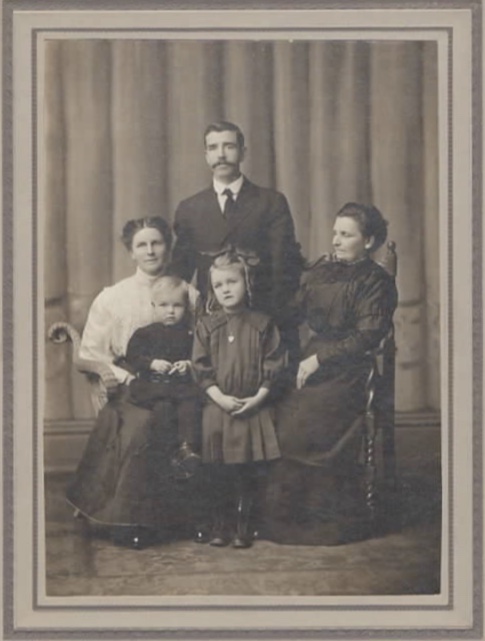 Isn’t it fascinating how sometimes you know so little about someone who you have to piece together a story on the bare minimum of details that you do find? That is how it is for my great-grandfather George Alexander Brown on my Mom’s side. The only thing I knew about him, other than he was a slight man with a thick dark moustache, was that he was supposedly killed in front of the
Isn’t it fascinating how sometimes you know so little about someone who you have to piece together a story on the bare minimum of details that you do find? That is how it is for my great-grandfather George Alexander Brown on my Mom’s side. The only thing I knew about him, other than he was a slight man with a thick dark moustache, was that he was supposedly killed in front of the 